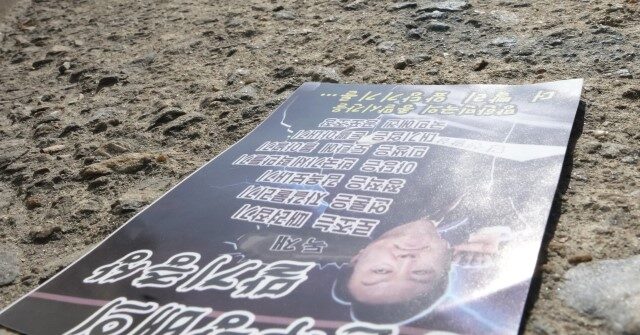On Thursday, South Korean streets saw the dissemination of North Korean propaganda leaflets, which contained derogatory messages aimed at President Yoon Suk Yeol and First Lady Kim Keon Hee. The leaflets were reportedly transported into Seoul via balloons and accused the Yoon administration of leaving citizens in desperate situations while labeling the presidential couple as “immoral and mentally unstable.” Some of these propaganda materials even made their way to the vicinity of the South Korean presidential office in Yongsan District. This event underscores North Korea’s persistent use of balloon-based propaganda, representing a notable continuation of psychological operations aimed at influencing the South.
This incident is part of a broader trend, as North Korea has increasingly employed balloons filled with refuse, including garbage and feces, directed at South Korea in retaliation for similar actions taken by South Korean groups. Since May, this has occurred over 30 times, with Thursday marking the first instance of North Korea sending propaganda leaflets across the border in several years. Reports indicated that around 20 balloons were launched, with at least one balloon bursting mid-air, thereby dispersing its contents throughout the South Korean presidential complex.
The objectives of this propaganda seem clear: to incite public ire against the South Korean first lady by emphasizing her luxurious spending habits and to create rifts within South Korean society. Analysts interpret this maneuver as a strategic distraction from issues concerning North Korean military movements in Russia, suggesting that Pyongyang is leveraging public sentiments in the South to strengthen its stance. Experts like Cho Han-bum from the Korea Institute for National Unification explained that this leaflet launch signifies a retaliatory measure against South Korea’s reestablishment of loudspeaker broadcasts, predicting continued North Korean provocations if these broadcasts persist.
As the psychological theater between the two nations escalates, it harkens back to the Cold War era’s tactics of disinformation and propaganda. Research fellow Lee Choongkoo from the Korea Institute for Defense Analyses noted that although such tactics remain relatively simplistic, they have become more nuanced over time. The goal appears to be crafting negative narratives about the South Korean government, akin to modern disinformation campaigns on social media. North Korea aims to shift perceptions and build public sentiment against the leadership in South Korea, showing an evolving approach to their psychological operations.
Critics within South Korea have pointed out that the propaganda specifically targeting Kim Keon Hee draws parallels to historical figures known for extravagant lifestyles, such as Marie Antoinette. Leaflets have highlighted accusations regarding her luxurious wardrobe and jewelry during official visits, portraying her as excessively lavish in contrast to the struggles faced by ordinary South Koreans. This focus on the first lady may also serve as a broader form of retaliation against criticisms leveled at North Korea regarding the opulent displays by its own leaders.
In conclusion, the ongoing exchanges of propaganda through balloons signify more than just psychological warfare; they reflect a deeper cycle of retaliatory tactics employed by North Korea in response to South Korean actions. Analysts suggest that while North Korea’s balloon campaigns have limited precision and military effectiveness, their role as a disruptive political tool remains significant. The evolving methods of confrontation hint at an entrenched adversarial relationship, with both sides engaging in orchestrated psychological operations that continue to sow division and unrest. This dynamic furthers the complexities of inter-Korean relations, underscoring the challenges of diplomatic efforts in an increasingly hostile environment.

